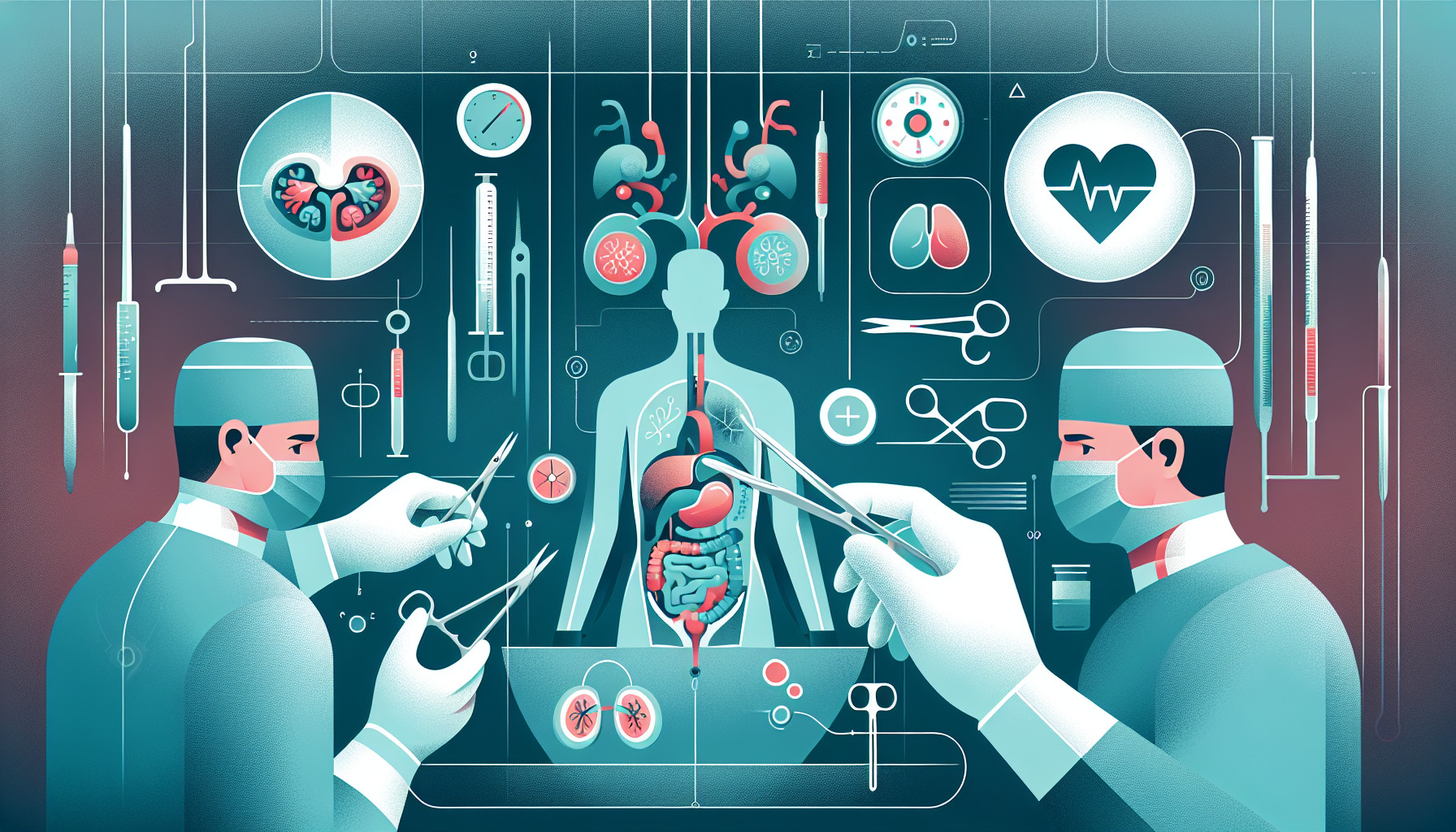Our Summary
This research paper looks at children with ambiguous genitalia due to different chromosome or gonadal sex. These children present unique challenges when it comes to diagnosis and treatment. Kids with a condition called proximal hypospadias, who have normal gonadal development, should be identified separately from those with disorders of sex development (DSD). The goal is to ensure normal gender identity and the best possible surgical treatment.
The paper discusses the terminology, embryology, and pathophysiology of the various forms of DSD. It presents the current understanding of this disease pattern, with a special focus on proximal hypospadias, based on national and international scientific discussions.
The clinical manifestations and treatment options of DSD are presented, with a special focus on recent literature and particular attention to patients with proximal hypospadias.
The paper concludes that due to the complexity of patients dealing with disorders of sex development, a team of healthcare professionals, including a pediatric endocrinologist and a pediatric urologist, should be involved. These specialists can provide an accurate diagnosis in severe hypospadias patients without necessarily referring to DSD disease patterns.
FAQs
- What does DSD (disorders of sex development) refer to in the context of pediatric urologic reconstruction?
- What is the role of the interdisciplinary DSD healthcare team in treating patients suffering from disorders of sex development?
- What are the different clinical pictures and therapeutic options for DSD, particularly in patients with proximal hypospadias?
Doctor’s Tip
A helpful tip a doctor might tell a patient about pediatric urologic reconstruction is to ensure that they have a team of specialists, including a pediatric endocrinologist and pediatric urologist, to provide accurate diagnosis and the best possible surgical therapy for disorders of sex development. This interdisciplinary approach can help guarantee normal gender identity and optimal outcomes for the child.
Suitable For
Patients who are typically recommended pediatric urologic reconstruction are those with disorders of sex development (DSD) such as proximal hypospadias, ambiguous genitalia, and other conditions that affect the development of the genitalia. These patients may require surgical intervention to correct abnormalities and ensure normal gender identity. An interdisciplinary healthcare team including a pediatric endocrinologist and pediatric urologist is often involved in the diagnosis and treatment of these patients.
Timeline
Before pediatric urologic reconstruction, a patient may experience ambiguous genitalia, diagnostic challenges, and the need for specialized care from a multidisciplinary team including a pediatric endocrinologist and pediatric urologist. The patient may undergo various diagnostic tests and evaluations to determine the underlying cause of their condition, such as chromosomal, gonadal, and anatomical gender assessments. Once a diagnosis is made, the patient may require surgical intervention, such as hypospadias repair, to address their condition and ensure normal gender identity.
After pediatric urologic reconstruction, the patient may experience improved genital appearance and function, as well as better overall quality of life. Regular follow-up appointments with the healthcare team may be necessary to monitor the patient’s progress and address any potential complications or long-term effects of the surgery. It is important for the patient to receive ongoing support and care to ensure optimal outcomes and well-being.
What to Ask Your Doctor
- What are the different manifestations of disorders of sex development (DSD) that can affect pediatric patients?
- How is DSD diagnosed in pediatric patients with proximal hypospadias?
- What are the potential long-term implications of DSD on the child’s gender identity and overall health?
- What are the available therapeutic options for pediatric patients with DSD, particularly those with proximal hypospadias?
- How important is it to have an interdisciplinary DSD healthcare team for the management of pediatric patients with DSD?
- What are the potential risks and complications associated with surgical interventions for pediatric patients with DSD, such as hypospadias repair?
- How can parents and caregivers support their child through the diagnostic and treatment process for DSD?
- Are there any specific resources or support groups available for families of pediatric patients with DSD?
- What follow-up care and monitoring is recommended for pediatric patients who have undergone urologic reconstruction for DSD?
- How can we ensure that the child’s gender identity and overall well-being are supported throughout their journey with DSD and urologic reconstruction?
Reference
Authors: Oswald J. Journal: Urologe A. 2016 Jan;55(1):35-43. doi: 10.1007/s00120-015-0004-2. PMID: 26659830
